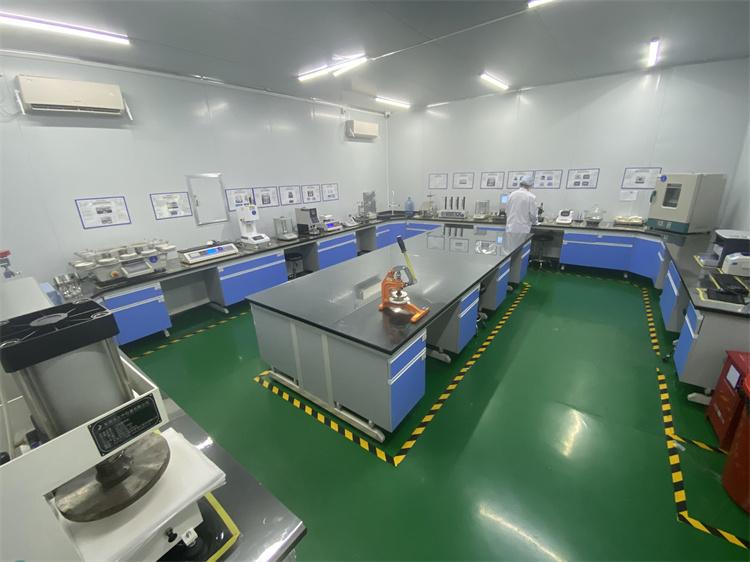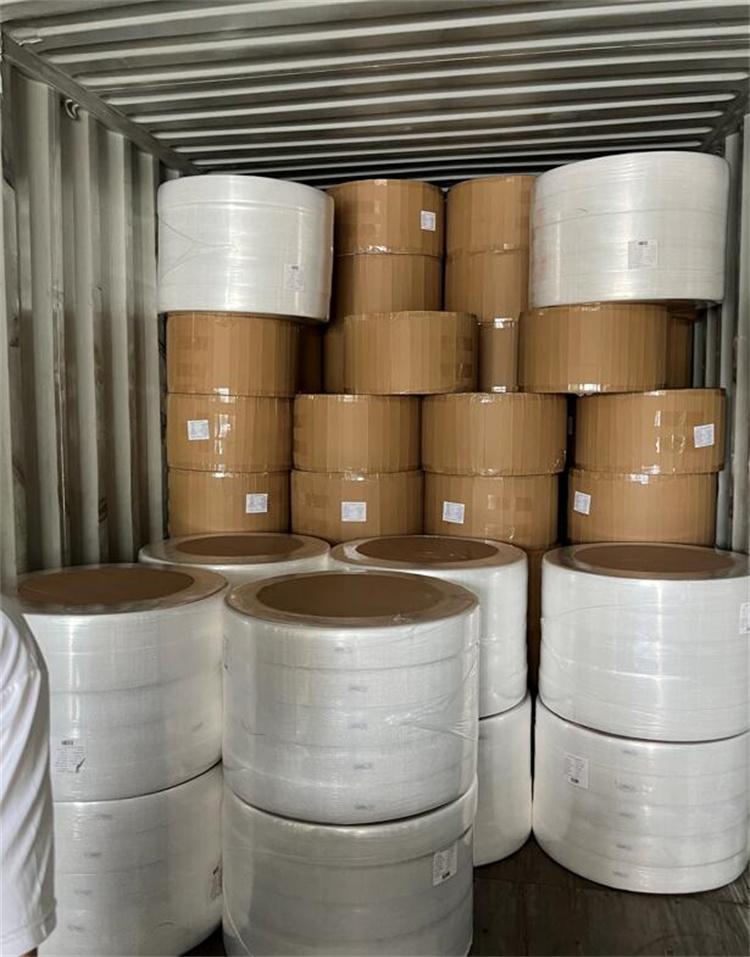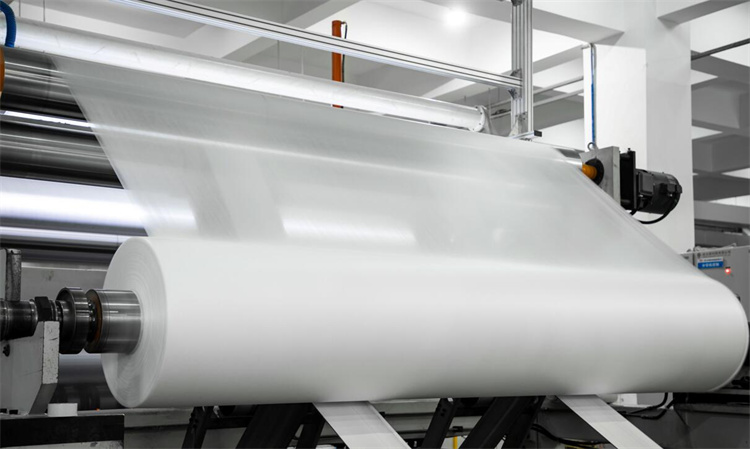1. What is meltblown non woven fabric
In short it is used for baby diapers and sanitary napkins.
Meltblown non woven fabric performance characteristics:
A. Comfortable, soft and feel good, can directly touch the skin
B. The advantages of thin fibers, small pores and small pores, and good solid barrier properties
C. Environmentally friendly and hygienic uniformity is good
D. Hydrophobicity and lipophilicity

2. Mask
Due to the above functions, meltblown non woven fabrics are widely used in filtration and hygiene materials, especially masks. Meltblown non woven fabrics feel soft like paper and non-paper, but the raw materials are the same as spunbond non woven fabrics, which are PP, that is, polypropylene, and then add a modifier called IRGATEC CR76, which is aimed at Spun fabric, spunbond non woven fabric and SMS all have their unique improved properties.
3. Functions and application fields of meltblown non woven fabrics
A. filter material
Filtration is a separation process. The physical properties of its porous and small pores determine its good solid barrier properties, that is, good filtration performance. If electret treatment is added, the electrostatic performance can be increased, and the filtration effect can also be increased. The above characteristics of meltblown non woven fabrics make it widely used in medical masks, indoor air conditioner filter materials, filter materials, etc.
B. Medical and health materials
The raw material of meltblown non woven fabric is PP environmental protection material, so its environmental protection and sanitation performance also enables it to be used in medical products, such as medical masks, surgical caps, etc.
C. Environmentally friendly materials.
Its strong adsorption function can be used to adsorb dirty oil, such as marine oil spill accidents, oil spills from factory equipment and sewage treatment.
D. Thermal insulation material.
The inherent properties of meltblown non woven fabrics, such as thin, soft, warm, and good air permeability, also make them used in clothing materials.
E. Other fields of application.
Such as electronic diaphragm materials.








 Email: info@whldiapernonwoven.com
Email: info@whldiapernonwoven.com MP/WhatsApp: +86-13599937366
MP/WhatsApp: +86-13599937366 Manufacturer Address:Room 1105B, Bld M1, Manhattan, Yulongwan, Shimao, Shuanglong Road, Meiling Street, Jinjiang, Fujian, China
Manufacturer Address:Room 1105B, Bld M1, Manhattan, Yulongwan, Shimao, Shuanglong Road, Meiling Street, Jinjiang, Fujian, China